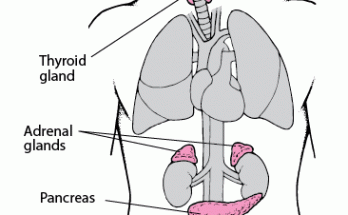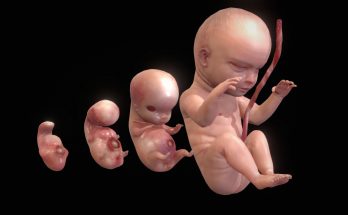
Types of Autotrophic Nutrition – Chemosynthesis and Photosynthesis
Autotrophic nutrition is of two main types – Chemosynthesis and Photosynthesis. Chemosynthesis involves the synthesis of carbohydrates using chemical nutrients as an energy source, while photosynthesis uses sunlight to convert carbon dioxide and water into glucose and oxygen. Chemosynthetic autotrophs thrive in low-light environments, while green plants, algae and cyanobacteria are particularly good at capturing solar energy through photosynthesis.
Types of Autotrophic Nutrition – Chemosynthesis and Photosynthesis Read More






